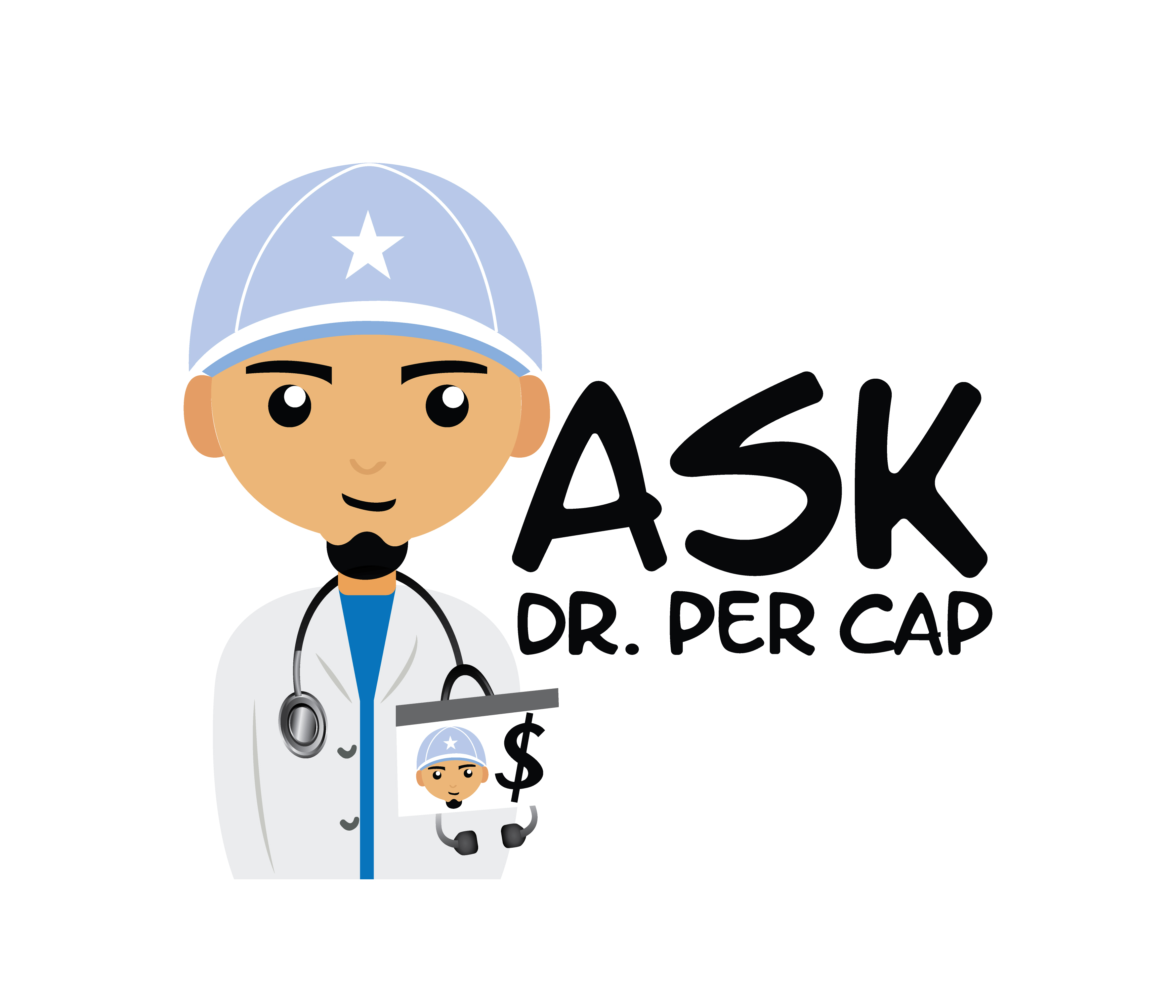
Dear Dr. Per Cap:
I’ve got a nice little side hustle doing freelance consulting for a couple of tribes and a non-profit. I’d really like to quit my regular job and be self-employed full time. Am I ready?
Signed,
Gig Worker
Dear Gig Worker
Congrats on your freelance success! Sounds like you’ve come to appreciate a flexible work schedule, professional and creative independence, lucrative pay, and other joys of self-employment. However, from someone who has been self-employed for nearly twenty years, let me say it brings some financial challenges. Self-employment taxes, gross receipts, and monthly billing schedules are just a few financial hurdles a freelancer must navigate.
Probably the biggest adjustment for a full time freelancer is the unpredictability of your income. Rather than a steady paycheck your income can fluctuate wildly from month to month. Think feast or famine. You also might find yourself waiting to get paid until after you render services, sometimes up to 30 days or longer. Moreover, having to personally cover work expenses like travel costs and meals until they are reimbursed, can be a temporary yet sizable burden.
Therefore, you need to budget carefully by saving extra money earned during busy months to cover any slow months.
Many beginning freelancers also overlook self-employment taxes. An employer will automatically withhold federal income tax, Social Security and Medicare contributions, and possibly state income tax from your paycheck. As a freelancer it’s your responsibility to handle those liabilities by making quarterly estimated payments to the U.S. Treasury and your state tax and revenue department. Estimated taxes apply to other self-employed folks like artists, food vendors, and craftspeople too.
20% of your gross income is a pretty good estimate to set aside for taxes. Which means a $5,000 check from a consulting gig or $5,000 in sales from an art show is actually more like $4,000 after factoring in estimated tax payments. Pay extra close attention too. It’s really easy to blow off estimated payments because you probably won’t get a phone call or warning letter if you don’t make those payments during the year.
But trust me. At tax time you’ll be on the hook for a whole lot of back taxes if you make that mistake.
Another often overlooked financial challenge of self-employment is the lack of fringe benefits like health insurance or an employer sponsored retirement plan. When you factor in savings from a group insurance plan and matching 401k contributions a good job can easily add 25% or more to the actual salary a person earns. In other words a self-employed person has to earn at least $75,000 a year to cover benefits somebody with a $60,000 annual salary receives.
Here’s a good rule of thumb. You’re ready to quit your day job and freelance full time when you have a solid workflow from at least a couple of steady paying clients. And you’re confident you’ll earn enough from freelancing to cover all your monthly expenses and those fringe benefits you’re now going to have to cover out of pocket. Good luck, Indian Country needs more good consultants!Ask Dr. Per Cap is a program funded by First Nations Development Institute with assistance from the FINRA Investor Education Foundation. For more information, visit www.firstnations.org. To send a question to Dr. Per Cap, email askdrpercap@firstnations.org
